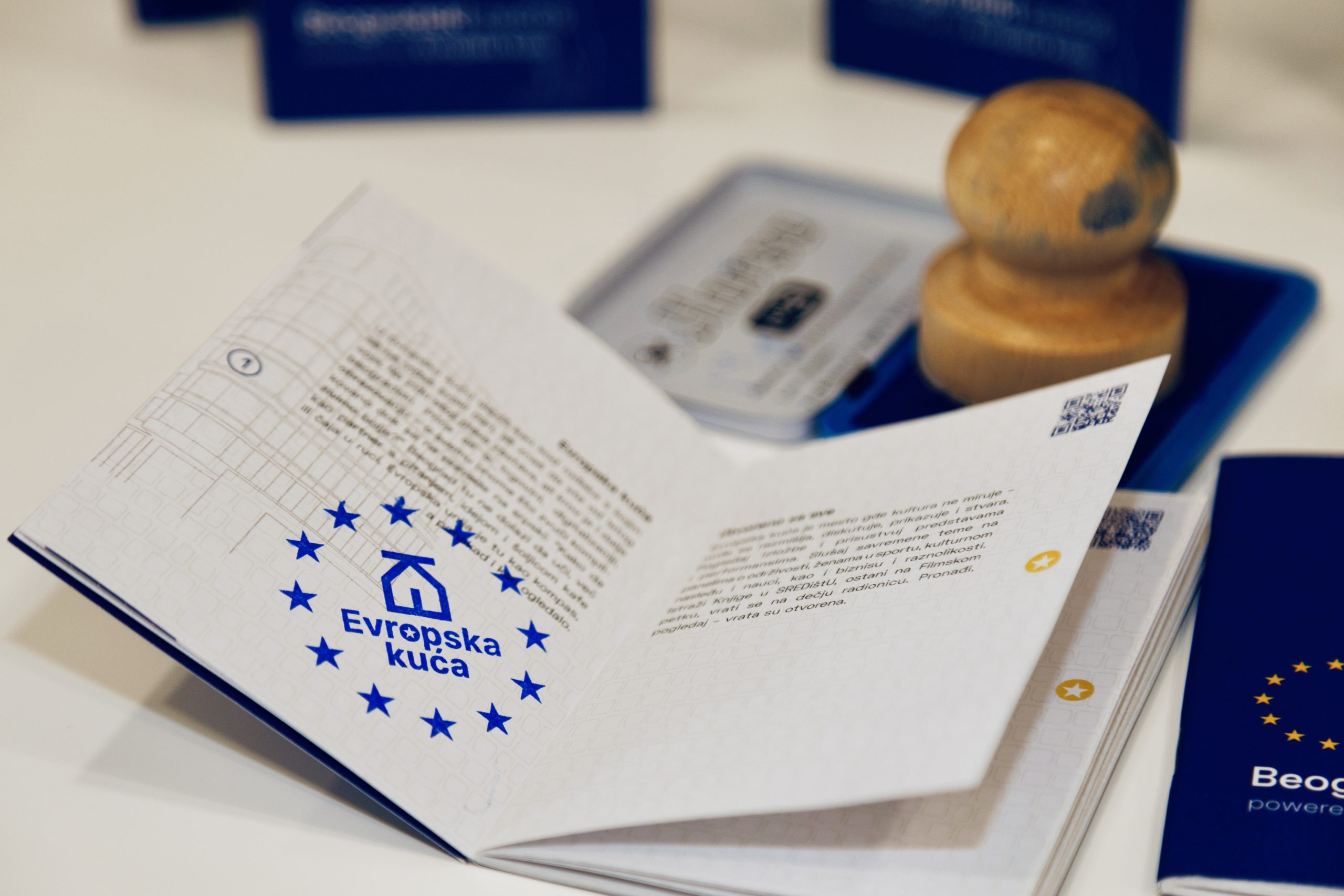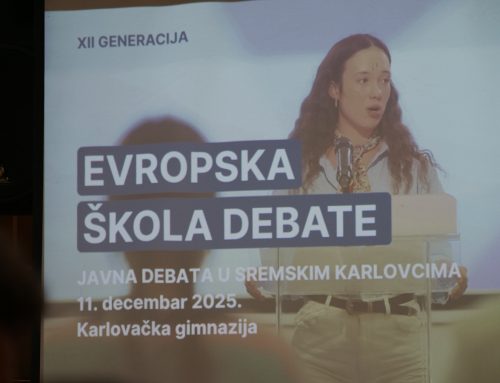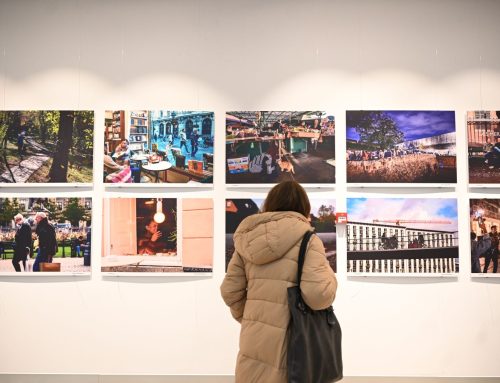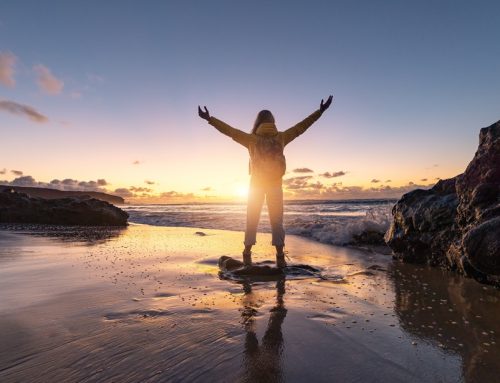Every step you take through the streets of Belgrade can become a souvenir, one you’ll keep forever. Instead of ordinary souvenirs, you can bring home small, round, colorful, star-shaped stamps. Collect them in a little blue booklet symbolically called “Belgrade passport”, which you can get at the Europe house (at the corner of Knez Mihailova and Zmaj Jovina streets).
A stamp as a gift? Yes. Belgrade passport is exactly that kind of activity. It turns the city into a game, a challenge, a small personal expedition. It gives you the chance to explore, discover, and connect. It lets you to put the history of stamps in your pocket and take a piece of Belgrade’s identity with you.
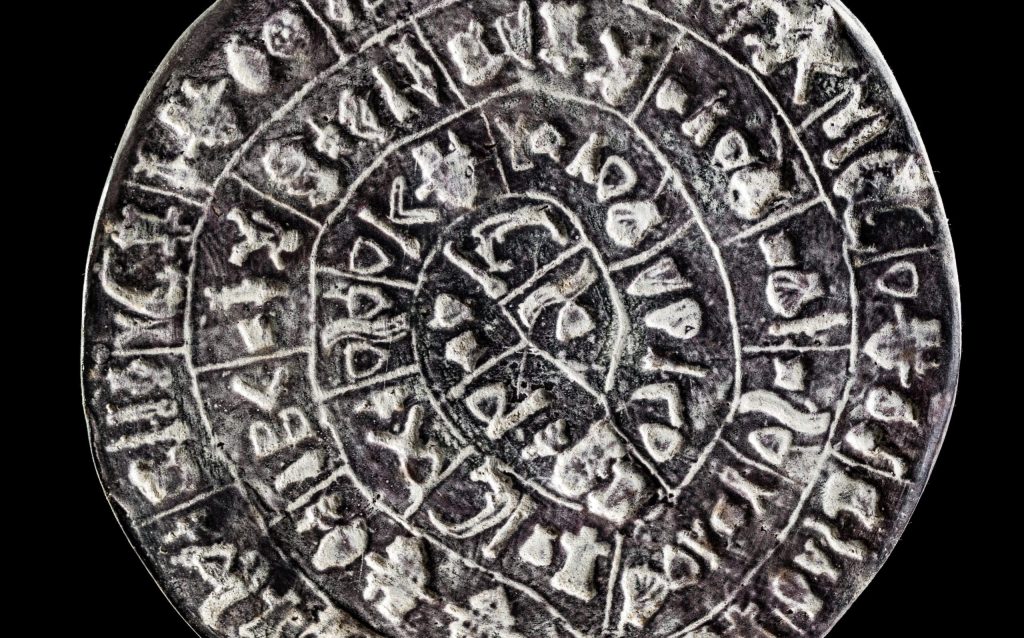
Phaistos Disc / Photo: Shutterstock
The first stamps, according to historical sources, were created long before the Common Era in the distant civilization of Mesopotamia. The most famous stamp in Europe is the Phaistos Disc , over 3,700 years old. This ancient disk from the largest Greek island, Crete, represents the earliest trace of civilized communication and personal expression. It was a precursor to what we now call ‘official’.
The oldest stamp remembered by Serbian history belonged to Prince Strojimir, who made it in the 9th century with the inscription ‘God help Strojimir’The inscription is in Greek, and this golden seal is displayed in the National Museum in Belgrade as part of its permanent medieval collection.
Today, in the heart of Belgrade, the spirit of the stamp has been reborn as an invitation to walk, explore, and win prizes.
Belgrade Passport is not just another tourist guide. It’s a personalized travelogue and an opportunity to win prizes, including free family tickets to the National Museum, tickets to explore the rare greenery of the Botanical Garden, and a chance to meet the inhabitants of the Belgrade Zoobefore they retreat for their winter rest. Among the prizes are Roman-era souvenirs and the board game “The Mystery of the Emperor’s Death” from the archaeological site of Viminacium.
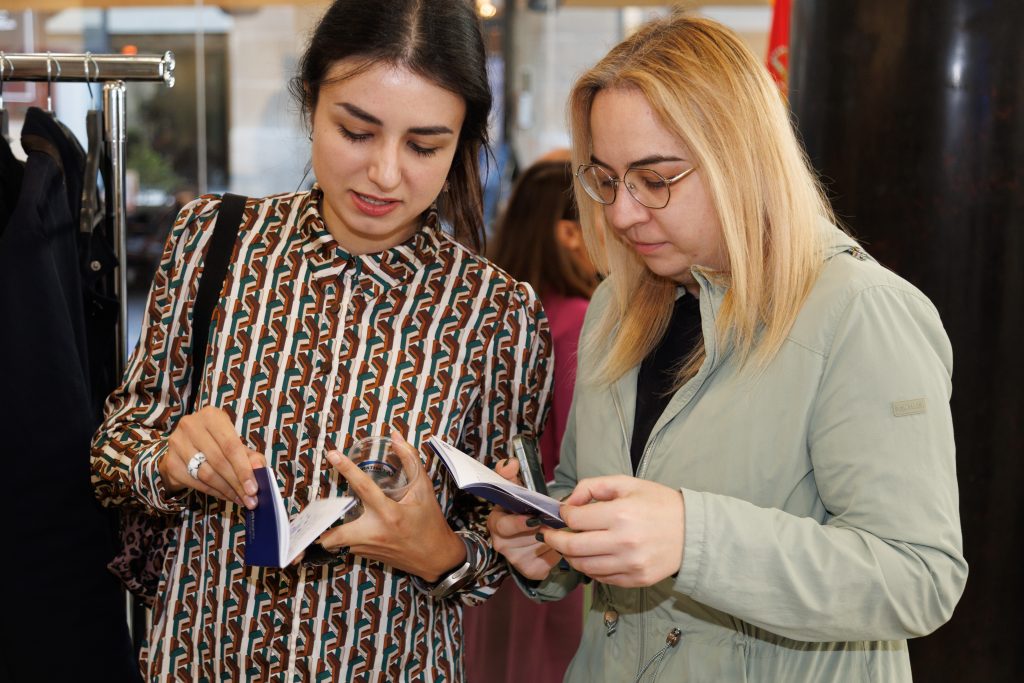
The cover of the passport will carry your name and the inner pages will hold places waiting for their stories and stamps. You’ll move through ten selected locations: galleries, museums, courtyards, cultural centers, guided by a map. Some places are easy to find; for others, you’ll need to ask, turn a corner, or knock on a door.
The campaign runs until December 15and begins where all stories begin – at the Europe House. That’s where you pick up your passport and receive your first stamp. From there, the path is yours to shape, maybe you’ll pause at Kalemegdan, drop by an exhibition, or chat with others holding their own passports.
For younger participants this is a game with a mission. For older ones it’s a nostalgic return to a Belgrade they may have forgotten to see with fresh eyes. For everyone it’s a way to “conquer” the city not by transport but by walking. It’s about holding in your hands the physical trace of your journey not just a digital snapshot.
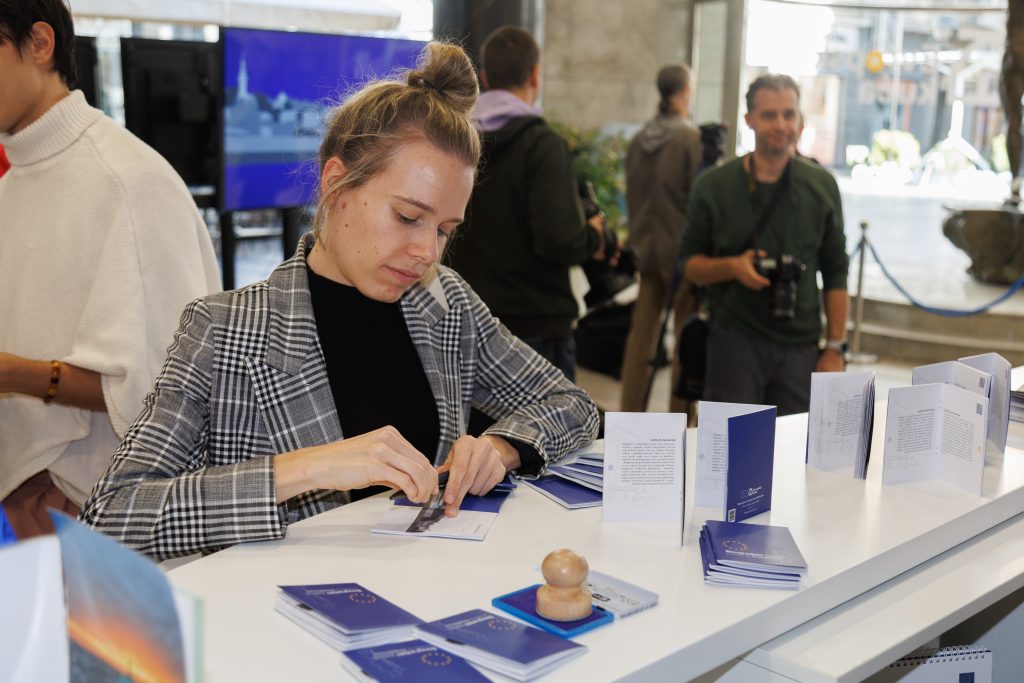
Once you collect all ten stamps you return to the Europe House. The passport is then symbolically “cancelled” and the mission is complete but the story doesn’t end there. You enter the draw for valuable prizes that further highlight the European spirit of Belgrade. Because this is more than just a walk, it’s a European idea in Belgrade form.
Europe House brings European values closer to the citizens of Serbia not through formality but through real experiences: art, dialogue, and interaction. Through workshops, exhibitions, conversations, cultural encounters, and now through this simple and effective activity.
You can do the walk alone, with friends, a child, a partner, or parents. You can visit all the places in a single Saturday or spread it out until December. You can place the stamps carefully in their designated spots or chaotically just like Belgrade sometimes is.
Because Belgrade is not just architecture. It’s the people who live, work, and search within it. So the stamp is not just an imprint, it’s proof that you were there, that you saw and participated. And just because it’s nice, sometimes, to forget your mobile phone, so you can open your passport, and ask yourself: “Which stamp comes next?”

